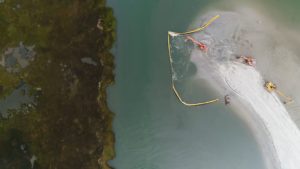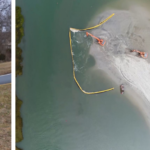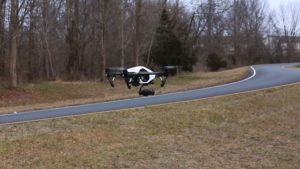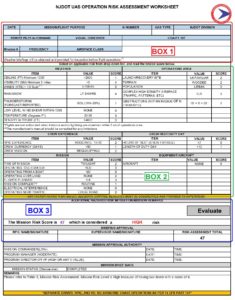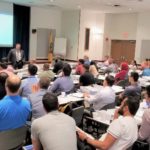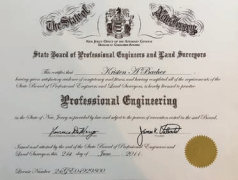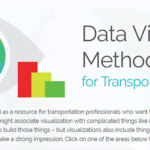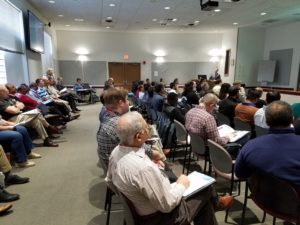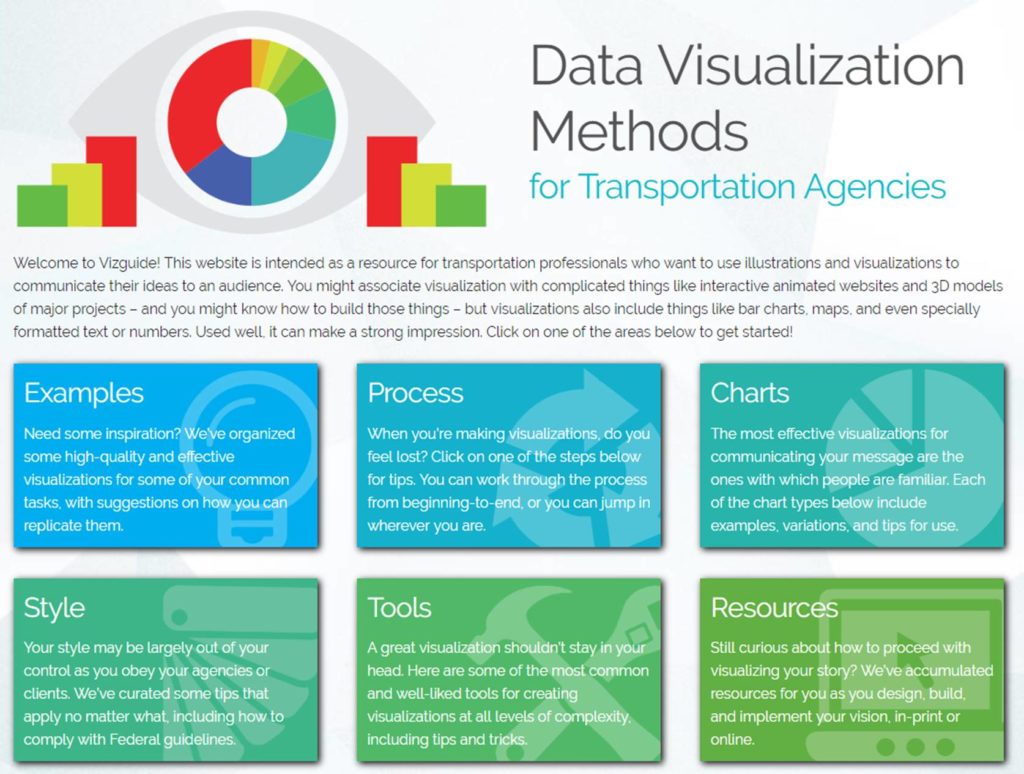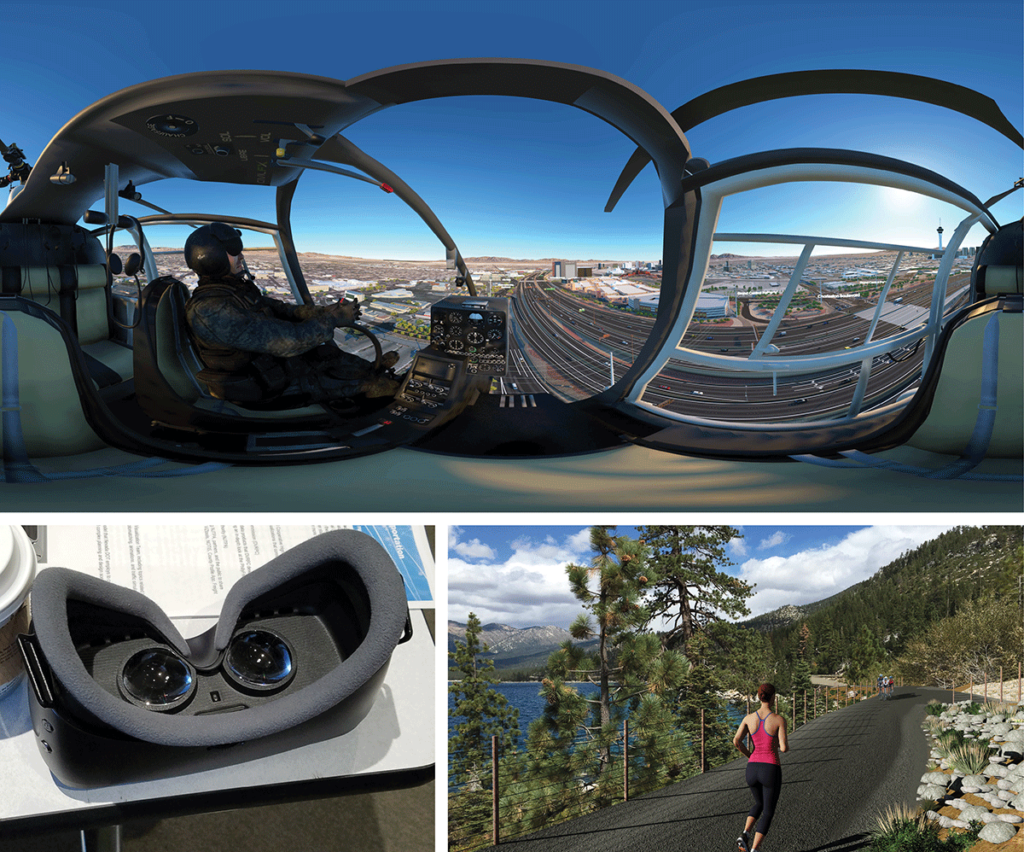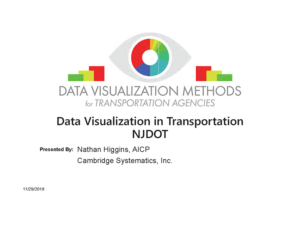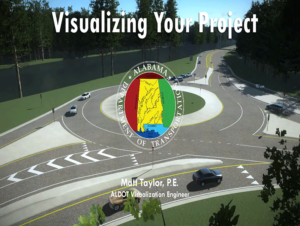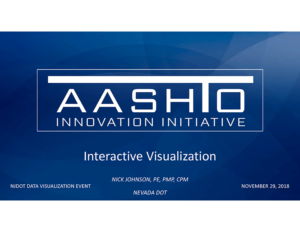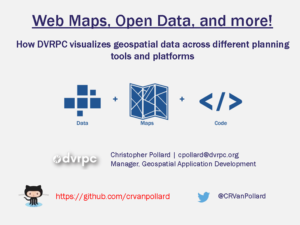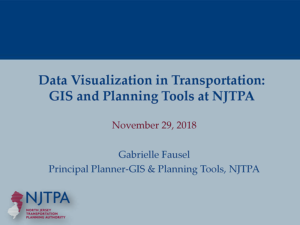The NJDOT Knowledge Management Toolbox offers examples of several knowledge sharing practices that have been, or could be, adopted by agency units to retain knowledge in a unit in the face of illness, retirements or transfers to other units at NJDOT.
In early 2020, a survey was distributed to New Jersey Department of Transportation (NJDOT) subject matter experts (SMEs) to identify current technology transfer needs, including potential topics for research. The survey also explored the insights and experience of the SMEs related to the challenges of implementing research findings and addressing knowledge gaps within the organization to advance understanding of job responsibilities, policies and procedures.
Subsequently, we followed up with Keith Daniels, Manager, NJDOT Bureau of Construction Services in the Division of Procurement, and Gary Vetro, a Contract Administrator in that unit, to learn about how the unit uses cross-training in practice.
For both of them, cross-training played a role in their introduction to the unit. Mr. Daniels offered that his earlier experience with cross-training led to his current position as Manager. While working in Equipment Materials and Supplies in Procurement, he had the opportunity to work, and be cross-trained, in several jobs in Construction Services. For several years, and in the absence of a Bureau Manager, he assisted the Director of Procurement in various tasks and functions in the Bureau. Prior to that, he had no experience in the procurement process for construction contracts. The Bureau staff were dedicated to getting the construction contracts out. As a result, he became familiar with every aspect of the unit and learning all the requirements of the Bureau.
Mr. Vetro came to the unit from another area in DOT and was cross-trained to cover for the individual who supervises the contract award process in the event that the individual took an extended leave. He brought his broader experience to the unit.
We interviewed Mr. Daniels and Mr. Vetro to explore any lessons learned, benefits and challenges of cross-training as a knowledge sharing practice.
Q. Can you describe cross-training for us?
Cross-training involves teaching an employee hired for one job responsibility, to perform the functions and skills of other job responsibilities within an organization. Cross-training is not tied to a specific skill set or educational background, but rather requires the desire to learn a new skill and the willingness to participate in new challenges.
Q. What prompted your unit to start cross-training?
There were already some elements of cross-training within the Division of Procurement as the Division Director supported cross-training over the years. Thus, previous experience with this concept has benefited the Division greatly.
In my [Daniels] present role, I inherited an office that formerly had over 25 staff members, and currently has nine (9) individuals, including myself, to perform the same basic functions. We are responsibly for awarding construction contracts for the state at an average of 100 contracts each year totaling $1.0 billion. The awarding of contracts is labor intensive and involves multiple administrative and technical steps. We are also responsible for reviewing and approving the pre-qualification applications of over 300 construction firms applying for renewal or new work type classifications to bid on our construction projects each year.
Although automation has improved the unit’s functioning over time, the staff members are required to learn other jobs and operate out of their sphere in order to provide coverage. This is not mandatory, but a willingness by the staff to engage in “teamwork”. The staff consists of two (2) financial auditors, three (3) engineers, and four (4) administrative personnel. A new hire who has a background in business administration is assisting everyone in the unit and learning all functions in the Bureau.
Because of this willingness by staff to participate as a team, Construction Services has significantly reduced the need for overtime to the Unit.
Q. Do employees cross-train for a number of positions or just one other position? Are all employees cross-trained to other positions?
There are limitations when there are highly technical skill sets involved. The unit has engineers, and people with administrative and financial backgrounds. Someone with an engineering background could do some of the financial tasks, but would not be signing off on financial documents. Someone in data entry cannot train to do a job that requires engineering expertise. Still, they are able to learn some aspects of any job to assist when needed.
In small units, teamwork is essential and cross-training is a necessity. At times, everyone in our unit has to pull together to get the job done and staff has almost invariably been required to do work outside of their assigned job responsibilities.
Q. What schedule is followed for cross-training? How do people meet and learn? How much of an investment are they making?
The cross-training has been an informal process in the unit and is conducted as needed. At times, the Manager will introduce the idea, but also some staff members will initiate the training. We work as a team to get a big job done and everyone is contributing where they can.
Most training occurs during downtimes for the unit in July and December. Almost every unit has a seasonal cycle, so there is some downtime or slow times available for cross-training. Training involves a combination of direct instruction by the person who does the job, review of written procedures, and perhaps a practice exercise.
The time it takes for training is dependent on the employee, their abilities, how quickly they learn, and the task to be learned. The individual may learn the role in a couple of hours, a couple of days, or it may take longer. In one case, an employee was cross-training for data entry. The person whose position he was to train for was out so he was given the materials and he wrote the outline of job responsibilities and protocols so he can fill in if necessary. One is not training to be a master, just enough to get the job done while someone is out. Refresher training may take a couple of days. We might use a contract that has been completed and have the person training do it again as if they were responsible for it.
Frequency of retraining should be based on how often a backup might need to perform the function and the employee’s long term memory skills. If a person trained as a backup does not have to perform that function more than once or twice in a year, retraining will be more important than for a backup function performed once or twice a month.
Q. How do you prioritize roles for cross-training?
In our unit, every function should have some back-up. In general, you would look at which functions have time constraints or are important for other functions. These functions should be the first on the list for cross-training. You should have enough back-up personnel to keep the function running properly in case of unexpected staff shortfalls.
Consider which functions have only one person designated to perform them. Even if these are not primary functions, they may become a problem if the sole employee is out for an extended time.
Q. How has cross-training been valuable to the unit?
We are a small unit. It is critical for us to be able to continue work when staff is out of work, and especially during prolonged absences. As an example, we must ensure that there is adequate coverage for the contract award process, which accounts for 60 percent of our work. We must ensure that there is adequate coverage to meet the contract schedules and adhere to state and federal regulations regarding the Department’s contracts.
Furthermore, most of the Bureau staff, both professional and administrative/technical, work out of title just to get the job done. As a result, they have become proficient in other skills, engineering, financial, etc. that could mean job opportunities in other areas of the Department.
Cross-training can improve morale, increase productivity, and may lead to promotional opportunities. Sharing knowledge of other functions can help staff with attempts to advance and will lead to a greater willingness to cross-train. If someone can cross-train in another role, they may be able to apply for a higher position as they will have more knowledge and could possibly score higher on Civil Service Exams. As long as there are possibilities, and opportunities for advancement, employees will find cross-training attractive.
It is essential that employees get the necessary tools to go beyond what they do on a day-to-day basis.
Q. What have been some of the challenges to implementing cross-training?
Employees may feel that they are being asked to do extra work without compensation, and some, particularly those coming from the private sector, may believe that they are training their replacement. There needs to be communication to all employees about the benefits of cross-training to the unit, and the need to have someone who can fill in to meet the work requirements of the Unit.
Employees must be assured that the training is used only to cover for temporary staff shortages. Staff will be more likely to accept the idea of cross-training if they can trust that their participation will not increase their workload. There may be some people who have a “not my job” attitude and might introduce Civil Service and union constraints. The nature of this program is to have individuals perform tasks beyond their usual work on a temporary basis which should not raise concerns. A more formalized program could address these issues.
Q. Do you think this strategy would be valuable to other units?
Yes. In the case of smaller units, there may be only one person (or if you are lucky, two persons) who know and can perform their job, so cross-training is essential. If the unit is large enough, there may be multiple people doing the same job. However, cross-training would still be of value to improve morale and increase possible promotional opportunities.
Q. Any other observations that you can offer?
Certainly, specific and detailed training procedures must be developed to encourage knowledge sharing within individual units so jobs can be performed successfully when there are worker shortages. Each bureau or unit’s approach will be different; there is no “one-size-fits-all” way for getting cross-training done.
We recommend some best practices when using cross-training:
- Ensure an employee’s regular job function is protected in some form
- Provide clear communication about cross-training opportunities
- Create a feedback mechanism to let employees know where they stand, obtain employee buy-in, and promote a willingness to participate.
- Make clear that cross-training is voluntary
- Work with what may be a select group of those employees willing to learn other tasks
- Ensure that employee skill sets are commensurate with required skills
- Establish a performance mechanism. This should be tied to the feedback procedure.
- Ensure that cross-training is appropriate for the individual’s personal abilities.
- Incorporate some aspect of mentoring, not necessarily formalized
- If possible, ensure that whatever the employee is doing, they can do it in another unit. Promotional opportunities may lie elsewhere, so acquired skills should be generalized.
We are required to abide by specific state and federal regulations. We also have a fiduciary responsibility to ensure the health and safety of the public on the state’s roadways. The unit’s relationship with construction firms and awarding and executing contracts is critical to fulfilling that responsibility. We need to ensure that we are doing our job and cross-training has helped us with that mission.
RESOURCES
Several state DOTs are employing cross-training as a tool to improve performance, respond to workforce transitions, and support a culture of innovation. Information about how cross-training and related knowledge management tools are being implemented at other DOTs can be found in the Appendix to National Cooperative Highway Research Project Scan 13-01: Advances in Developing a Cross-Trained Workforce.
Knowledge Management Toolbox, Cross-Training. NJDOT Technology Transfer. Website. Retrieved at: https://www.njdottechtransfer.net/km-cross-training/
